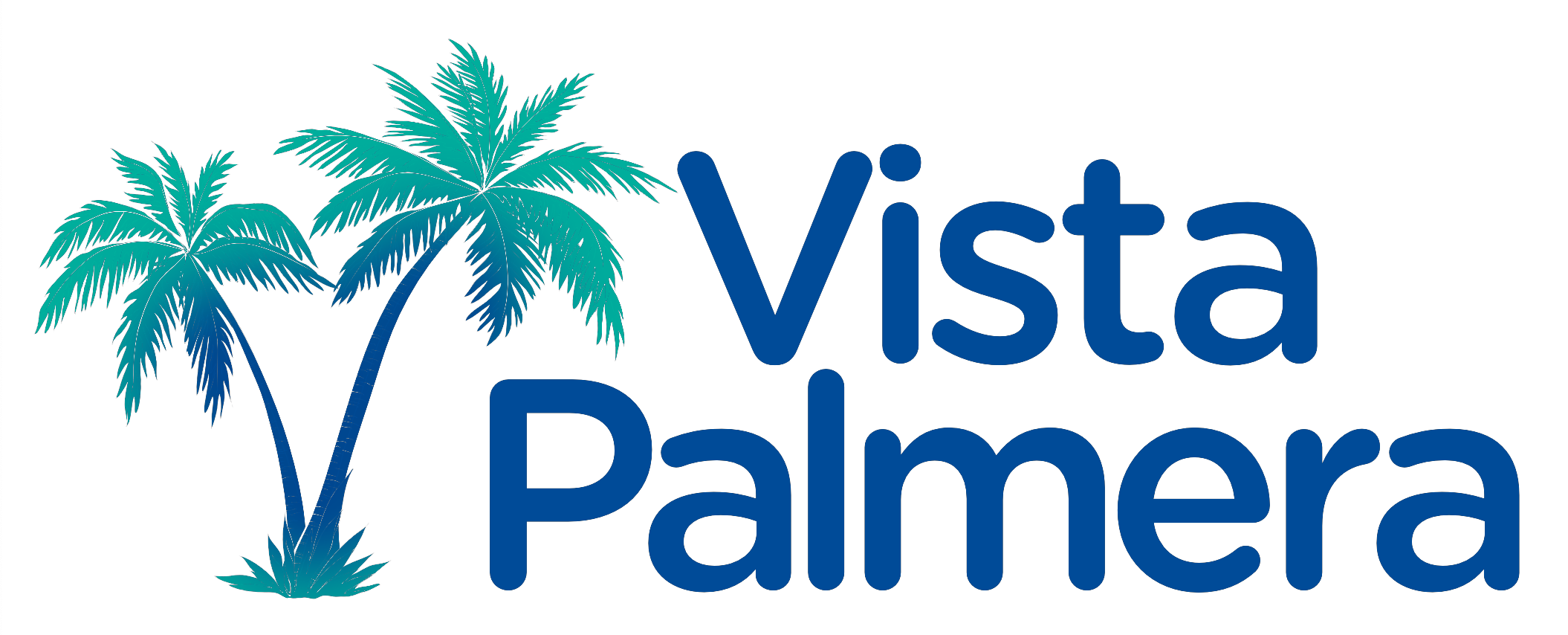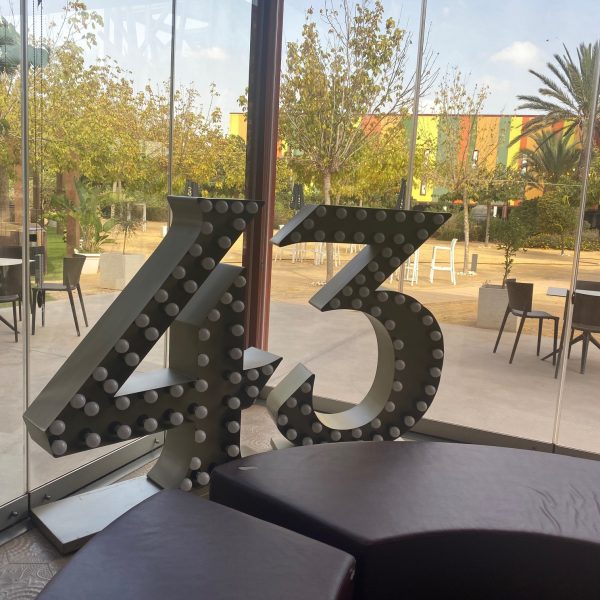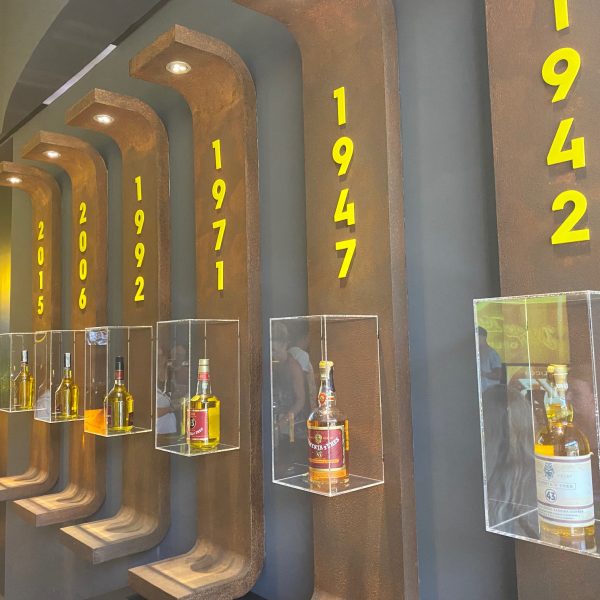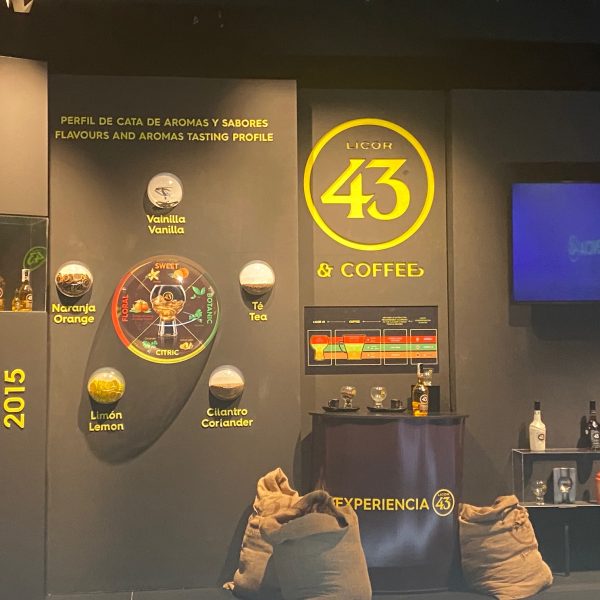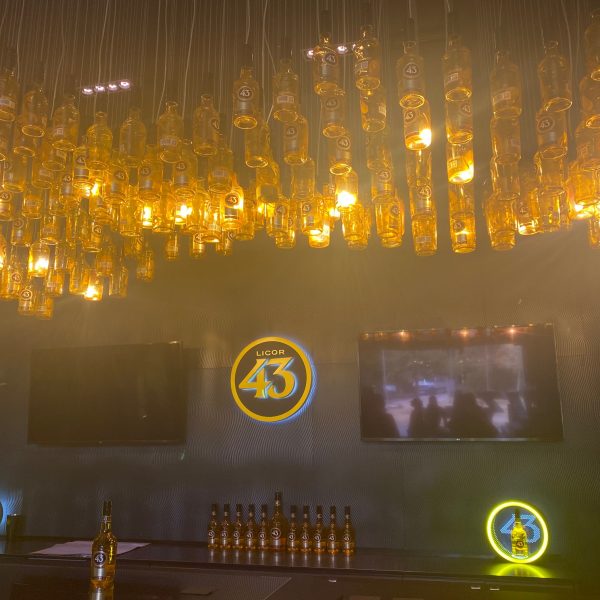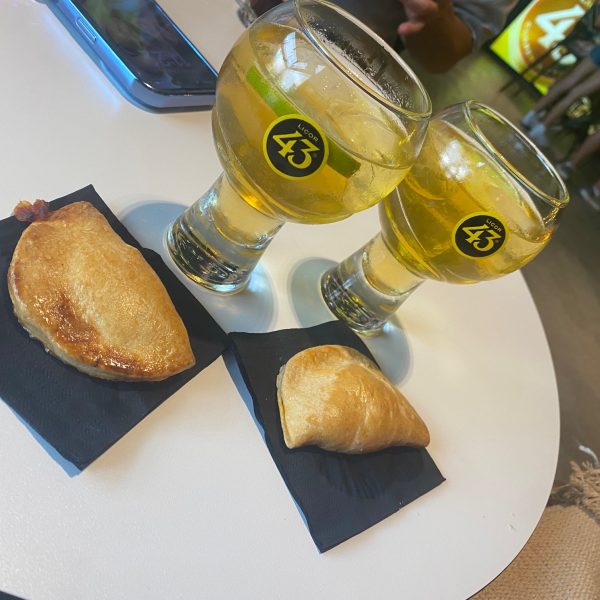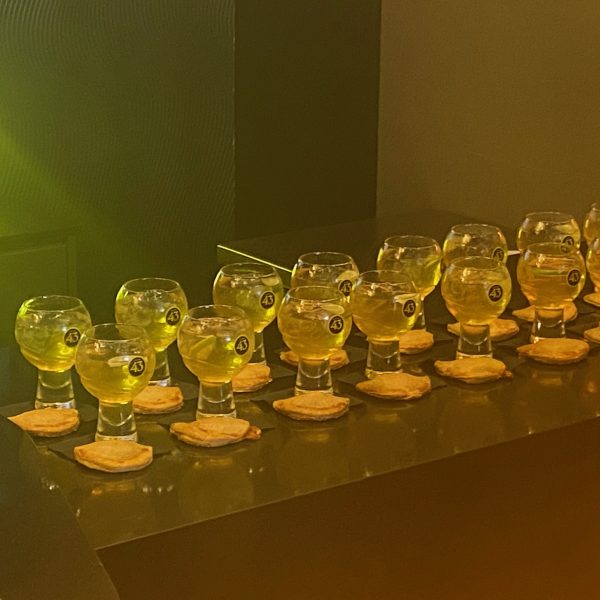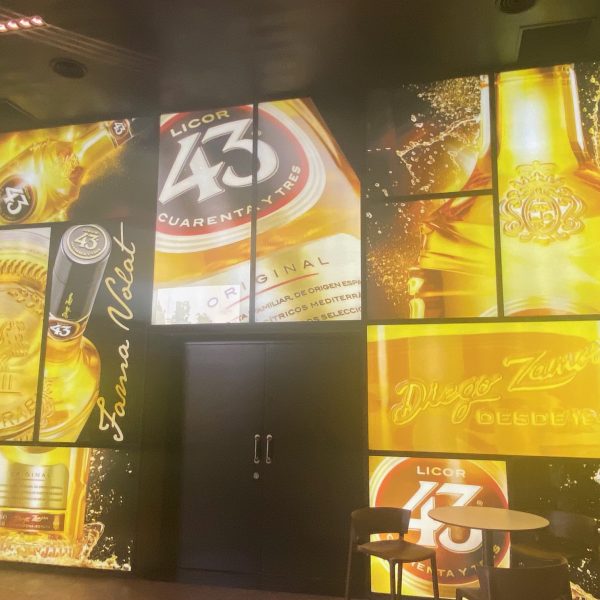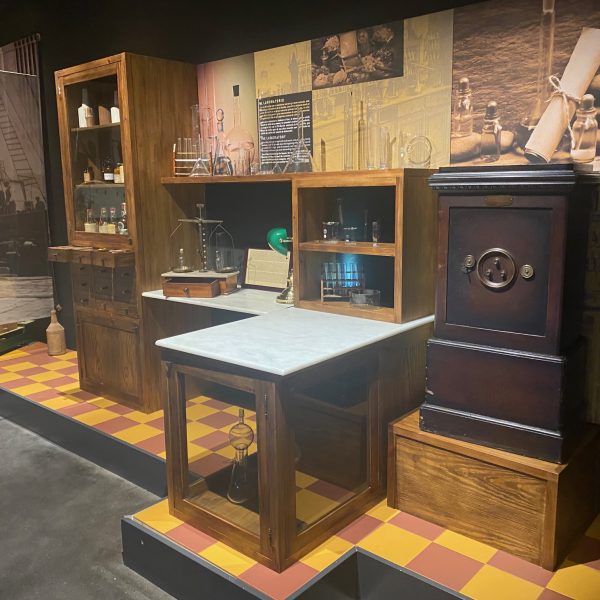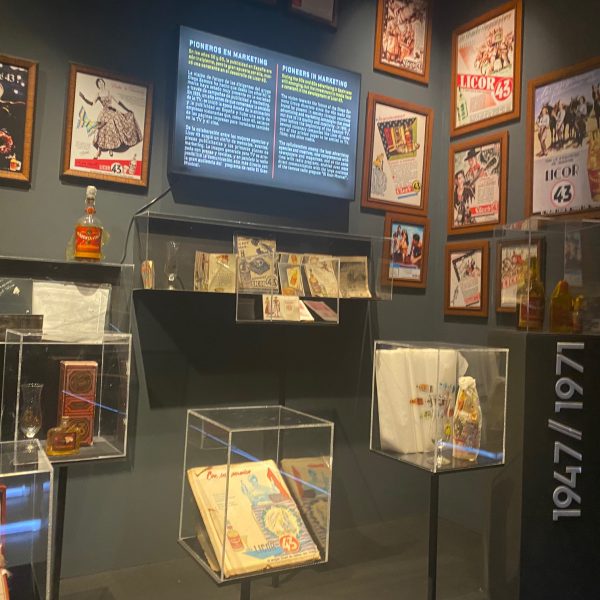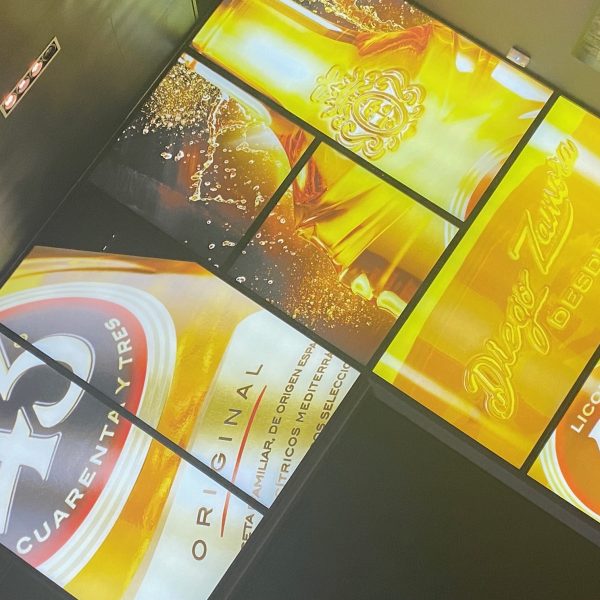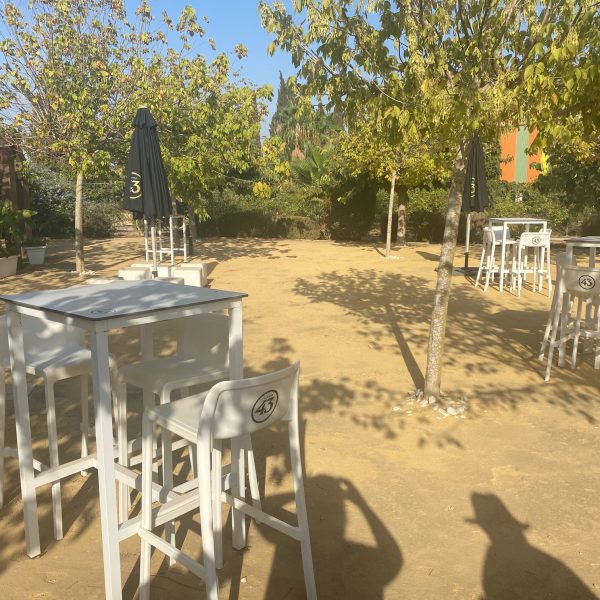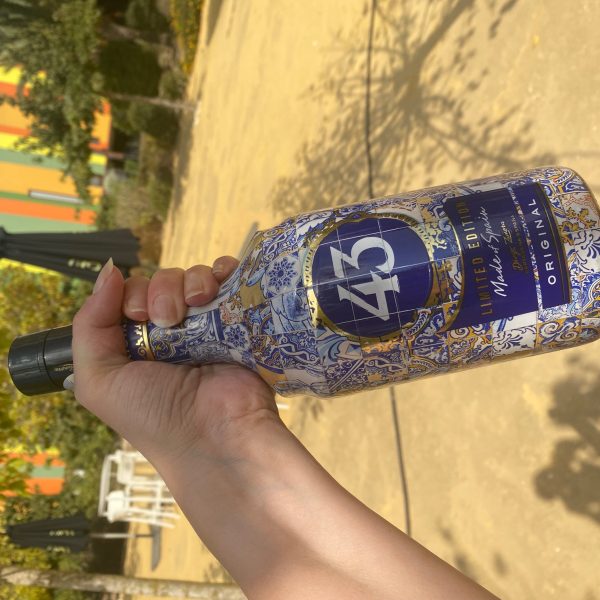Places to visit
Fancy a day out sightseeing and taking in the architecture and culture? Here are some local places we think are worth a visit here:
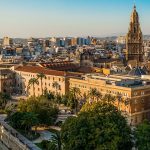 Murcia is a city in south-eastern Spain, the capital and most populous city of the autonomous community of the Region of Murcia, and the seventh largest city in the country. It had a population of 460,349 inhabitants in 2021 (about one-third of the total population of the Region). The total population of the metropolitan area was 672,773 in 2020, covering an urban area of 1,230.9 km2. It is located on the Segura River, in the southeast of the Iberian Peninsula. It has a climate with hot summers, mild winters, and relatively low precipitation.
Murcia is a city in south-eastern Spain, the capital and most populous city of the autonomous community of the Region of Murcia, and the seventh largest city in the country. It had a population of 460,349 inhabitants in 2021 (about one-third of the total population of the Region). The total population of the metropolitan area was 672,773 in 2020, covering an urban area of 1,230.9 km2. It is located on the Segura River, in the southeast of the Iberian Peninsula. It has a climate with hot summers, mild winters, and relatively low precipitation.
Murcia was founded by Abd ar-Rahman II, Emir of Cordoba, in 825 with the name Mursiyah. It is now mainly a services city and a university town. Highlights for visitors include the Cathedral of Murcia and a number of baroque buildings, renowned local cuisine, Holy Week procession, works of art by the famous Murcian sculptor Francisco Salzillo, and the Fiestas de Primavera (Spring Festival).
 Cartagena is a Spanish city and a major naval station on the Mediterranean coast, south-eastern Iberia. As of January 2018, it has a population of 218,943 inhabitants. This makes Cartagena Murcia’s second-largest municipality and Spain’s sixth-largest city that is not a provincial-capital. The wider urban or metropolitan area of Cartagena, known as Campo de Cartagena, has a population of 409,586 inhabitants.
Cartagena is a Spanish city and a major naval station on the Mediterranean coast, south-eastern Iberia. As of January 2018, it has a population of 218,943 inhabitants. This makes Cartagena Murcia’s second-largest municipality and Spain’s sixth-largest city that is not a provincial-capital. The wider urban or metropolitan area of Cartagena, known as Campo de Cartagena, has a population of 409,586 inhabitants.
Cartagena has been inhabited for over two millennia, being founded around 227 BC by the Carthaginian military leader Hasdrubal the Fair as Qart Hadasht (Phoenician meaning “New Town”), the same name as the original city of Carthage. The city had its heyday during the Roman Empire, when it was known as Carthago Nova (the New Carthage) and Carthago Spartaria, capital of the province of Carthaginensis.
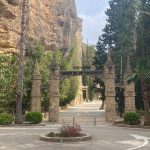 The Sanctuary is located in a place 6 km by road from the town. The hermitage houses two images of the Virgin of Hope , Patroness of Calasparra , who are worshiped together.
The Sanctuary is located in a place 6 km by road from the town. The hermitage houses two images of the Virgin of Hope , Patroness of Calasparra , who are worshiped together.
The primitive hermitage ( XVII ) was in one of the caves above the Segura River, a natural shelter for shepherds, to which new rooms and buildings have been added with the expansion of the cult. The creation of terraces facing the river has been followed by the creation of service areas: parking, restaurants, hotels, etc. Despite successive expansions, it remains a beautiful place of recreation and prayer, declared a Site of Geological Interest .
A canonical Coronation of the images took place in 1996. Likewise, a Jubilee Year , which ends on December 21, 2008, was decreed by Pope Benedict XVI . In that year, the Sanctuary was among the top five in Spain, with nearly a million visitors a year according to Mayordomía sources.
The Sanctuary of the Virgin of Hope has been the subject of interesting political and anthropological studies.
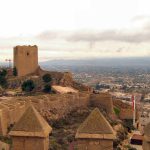 Lorca is a municipality and city in the autonomous community of the Region of Murcia in south-eastern Spain, 58 kilometres (36 mi) southwest of the city of Murcia. The municipality had a population of 95,515 in 2020, up from the 2001 census total of 77,477. Lorca is the municipality with the second largest surface area in Spain, 1,675.21 km2 (646.80 sq mi), after Cáceres. The city is home to Lorca Castle and the Collegiate church dedicated to St. Patrick.
Lorca is a municipality and city in the autonomous community of the Region of Murcia in south-eastern Spain, 58 kilometres (36 mi) southwest of the city of Murcia. The municipality had a population of 95,515 in 2020, up from the 2001 census total of 77,477. Lorca is the municipality with the second largest surface area in Spain, 1,675.21 km2 (646.80 sq mi), after Cáceres. The city is home to Lorca Castle and the Collegiate church dedicated to St. Patrick.
In the Middle Ages Lorca was the frontier city between Christian and Muslim Spain. Even earlier during the Roman period it was ancient Ilura or Heliocroca of the Romans.
The city was seriously damaged by a magnitude 5.1 earthquake on 11 May 2011, killing at least nine people. Due to a shallow hypocenter, the earthquake was much more destructive than usual for earthquakes with similar magnitude.
Activities
Fancy a more active or adventurous day? Here are a few things to do, all within 60 minutes drive of La Torre:
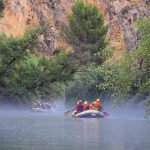 Level 1 rafting section suitable for all audiences. Interpretive guides are experts both in the development of the activity and in the history, flora and fauna of the area, which makes your activity a refreshing and fun-filled experience in full contact with nature.
Level 1 rafting section suitable for all audiences. Interpretive guides are experts both in the development of the activity and in the history, flora and fauna of the area, which makes your activity a refreshing and fun-filled experience in full contact with nature.
- All the necessary material: vest, helmet, shovel, boats
- Internal transfer of the activity
- Qualified guides
- Insurance
- Photo report
- Access to Cueva de los Monigotes and Cueva de las Nutrias
- Rock Art Workshop/Demonstration
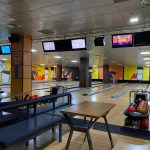 Bowling alley with 8 lanes perfectly adapted for the whole family to play.
Bowling alley with 8 lanes perfectly adapted for the whole family to play.
- More than 1,200 m2 of surface.
- Redemptions machines, arcade machines, simulators, billiards and air machines.
- Open every day of the year.
- In San Javier, Murcia
 The coastal town of Lo Pagan, on the Costa Cálida overlooks the Mar Menor, Europe’s biggest saltwater lagoon.
The coastal town of Lo Pagan, on the Costa Cálida overlooks the Mar Menor, Europe’s biggest saltwater lagoon.
A beautiful coastal resort where you can spend time basking in the Mediterranean sun or wallowing in the mineral-rich muds of the Mar Menor. Lo Pagan is the beachside development of San Pedro Del Pinatar.
The town is perhaps most famous for its mineral-rich mud baths, which attract visitors from far and wide hoping to enjoy the revivifying effects of an afternoon of wading and daubing themselves in black, sun-warmed clays. These clays are touted to provide relief to a wide range of ailments, from inflammatory conditions such as arthritis and rheumatism, to skin problems such as acne. This might be down to the high mineral content, which includes calcium, magnesium and potassium. The mud baths are absolutely free, meaning you can enjoy the therapeutic benefits year-round, although not everyone will brave the muds during the winter months!
This experience is located on the main route into Cartagena Port, the experience I booked was 20Euros per person and was great value.
There is a free car park on site which leads to gardens with seating and a gift shop where the tour starts. The tour for 20 Euros consists of a starting sample of 43 and information regarding the drink and its heritage you then progress on to a seated viewing of a couple of videos and a tour of the museum which explains the story of 43. We got samples of different varieties including chocolate & creme brulee before we commenced out tour of the production factory. There is a flight of stairs and ramp style walkways to reach the factory during this part you get to see the brewery area and production lines for bottling and boxing up.
To conclude the tour the guide makes a 43 cocktail with ginger ale and lime which you then get one to try this was very refreshing and served with a chicken empanada and also you get a small shot of expresso with 43 and a cream filled doughnut.
